So you hired a food photographer… now what?
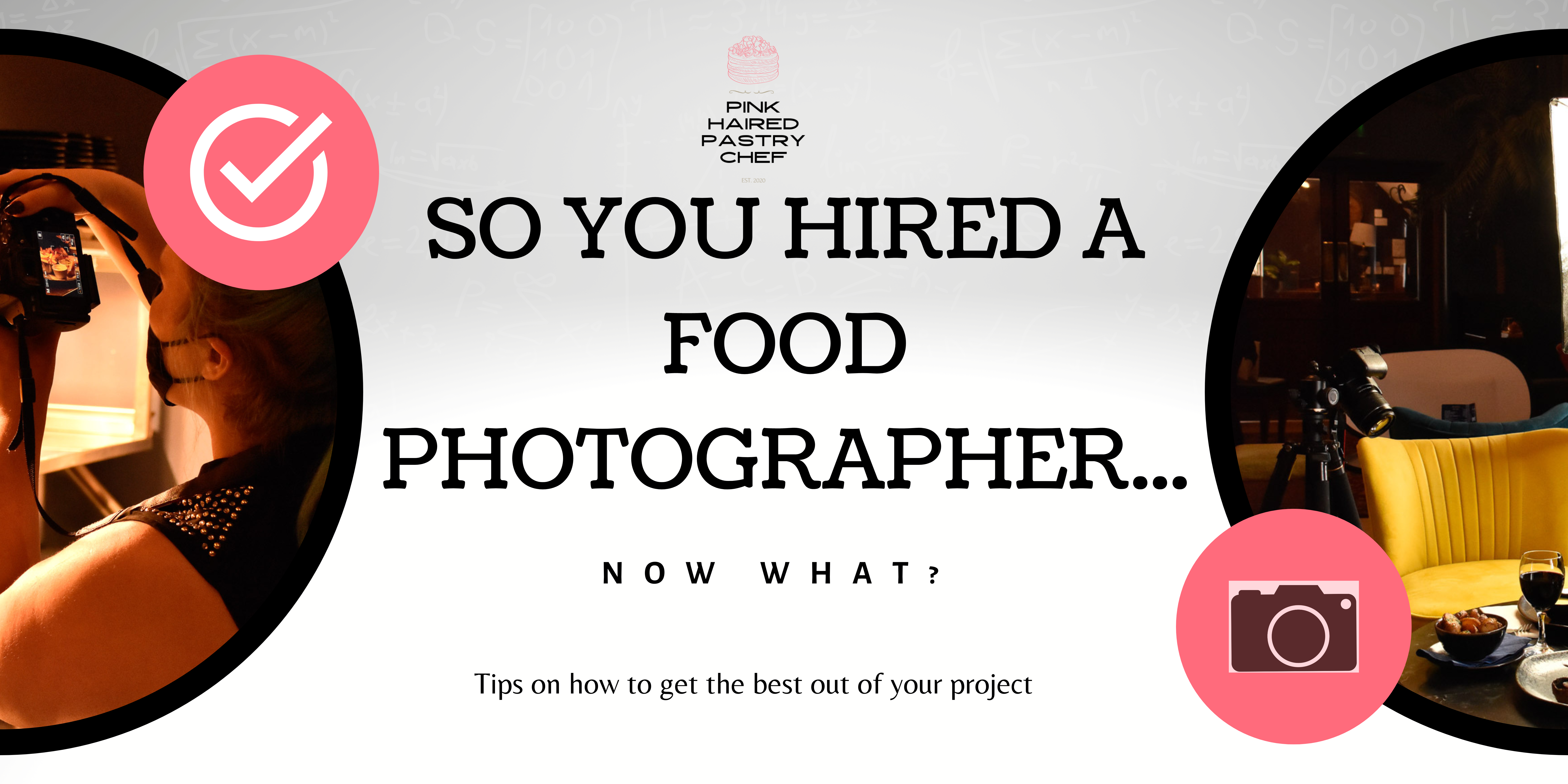
You’ve decided to elevate your food outlet’s online marketing by investing in a professional food photographer. Or maybe this isn’t your first time working with a food photographer. Either way, you want to get the best value for your money, you want to get show stopping results and you want the process to be as easy as possible. How do you set up your business for success in this project? How do you help your photographer perfectly capture your business and brand essence? How do you help your food photographer bring your vision to life? In my experience, I have picked up a few tips for how food businesses can prepare so both parties are in the position for success.
Communicate your preferred style
If this hasn’t already been discussed when booking your photographer, this is a crucial step. Every photographer has a unique style of photography that they specialise in. This could be shots that are very light and bright with pastel colours, it could be dark and moody with lots of shadows, it could be super colourful or very minimal. There are a bunch of different ways a photographer can have a unique style. It’s really important to communicate to your photographer what vision you have for the project. You can do this by sending example photos of other businesses or photographers photos that you like. This can also be discussed with your photographer if you don’t have any example images, making sure to explain if you want dark and moody, light and bright, colourful, monochrome, story telling (e.g someone eating a meal vs a bar staff making a cocktail etc.). This is super important because once a photographer takes a photo, it is incredibly difficult to completely change the style in post processing and may end up costing you considerably more in editing fees. Below are two examples of the different styles of photography. You can see the huge difference in the style and story each photo is telling.
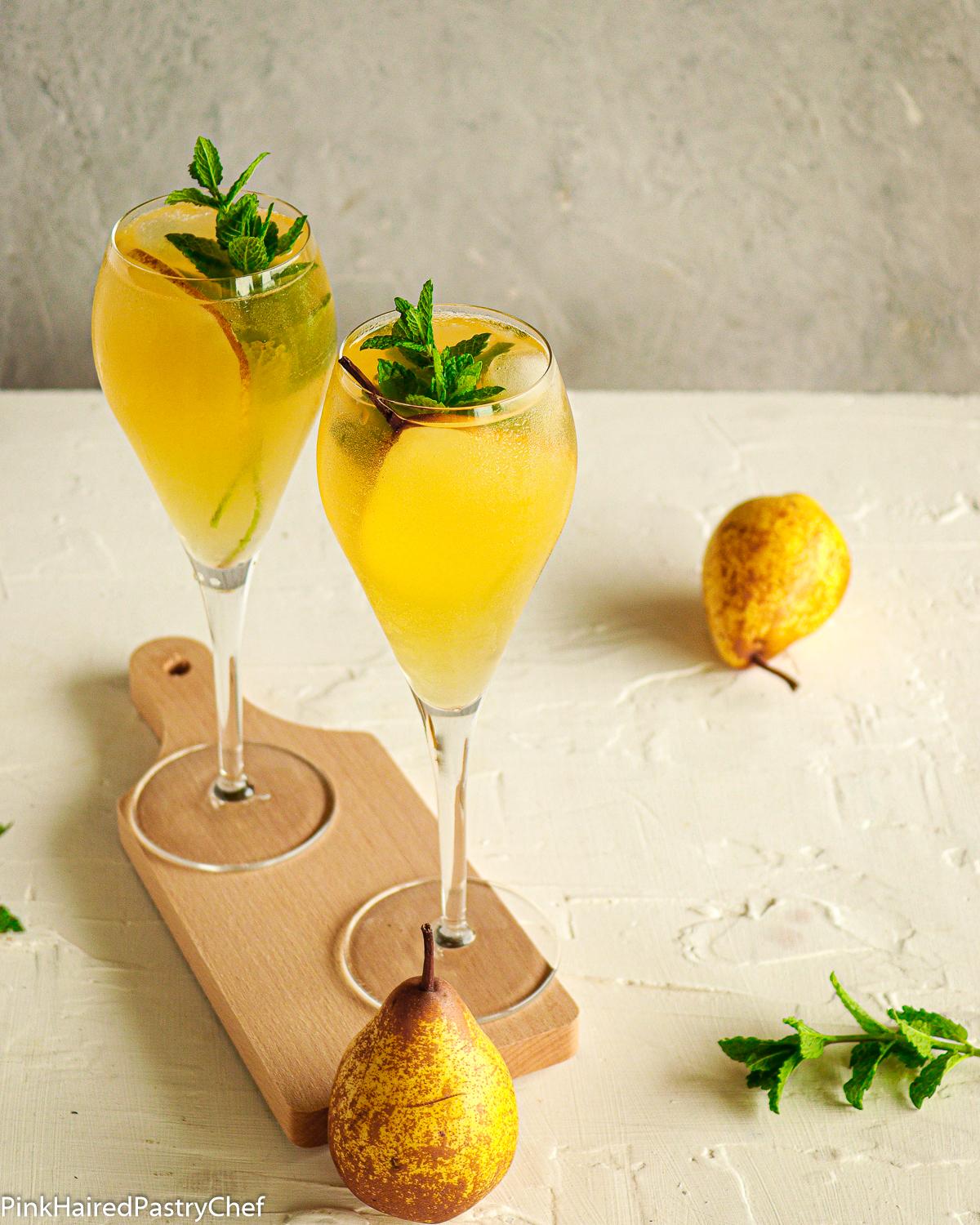
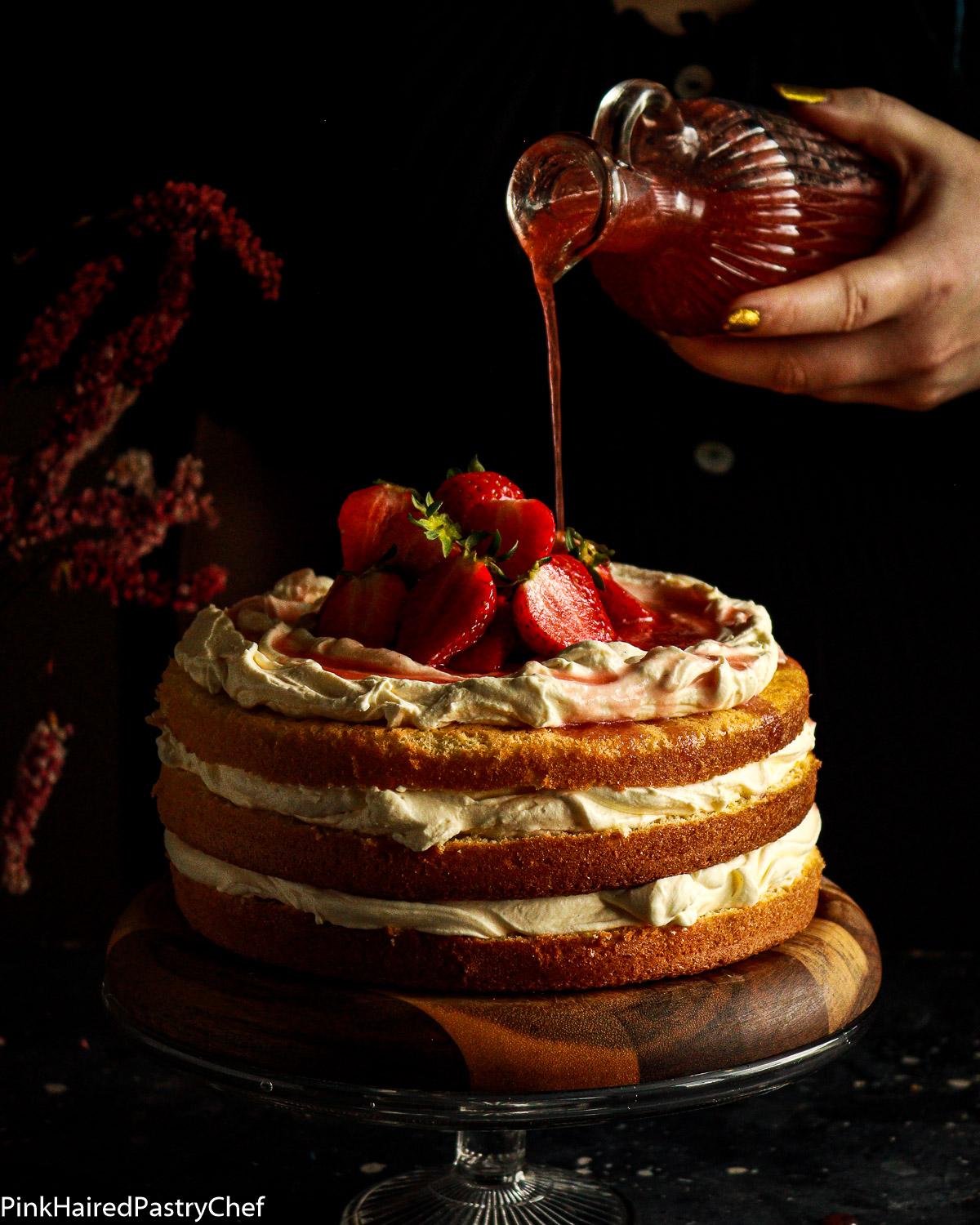
Plan with your staff
Kitchen Staff
Have an open and honest conversation with your staff, particularly your head or executive chef. Speak with them about the menu items they would like to showcase and come to an agreement that both you and the chef is happy with. Work with them on figuring out exactly of what day and times would suit the kitchen to be able to produce the best looking dishes possible. The food photographer will let you know how they like to proceed with dishes. Every project is different so don’t assume because one photographer could take 10 dishes at once and photograph each perfectly that the next project will be the same. There are some dishes that will have to be super fresh for the best shots. This could include salads, veggies, steaks, anything with micro greens or fresh flowers etc. If you have decided you’d like to get some action shots of your chefs in the kitchen or plating, ensure that this is done at a time that is not busy and your chefs are able to give your photographer as much of their attention as possible. If there is little space for the photographer to manoeuvre or your chef is very distracted with lots of orders, it’s likely the quality of the finished photos will reflect that. Consider rostering extra staff that day to compensate.
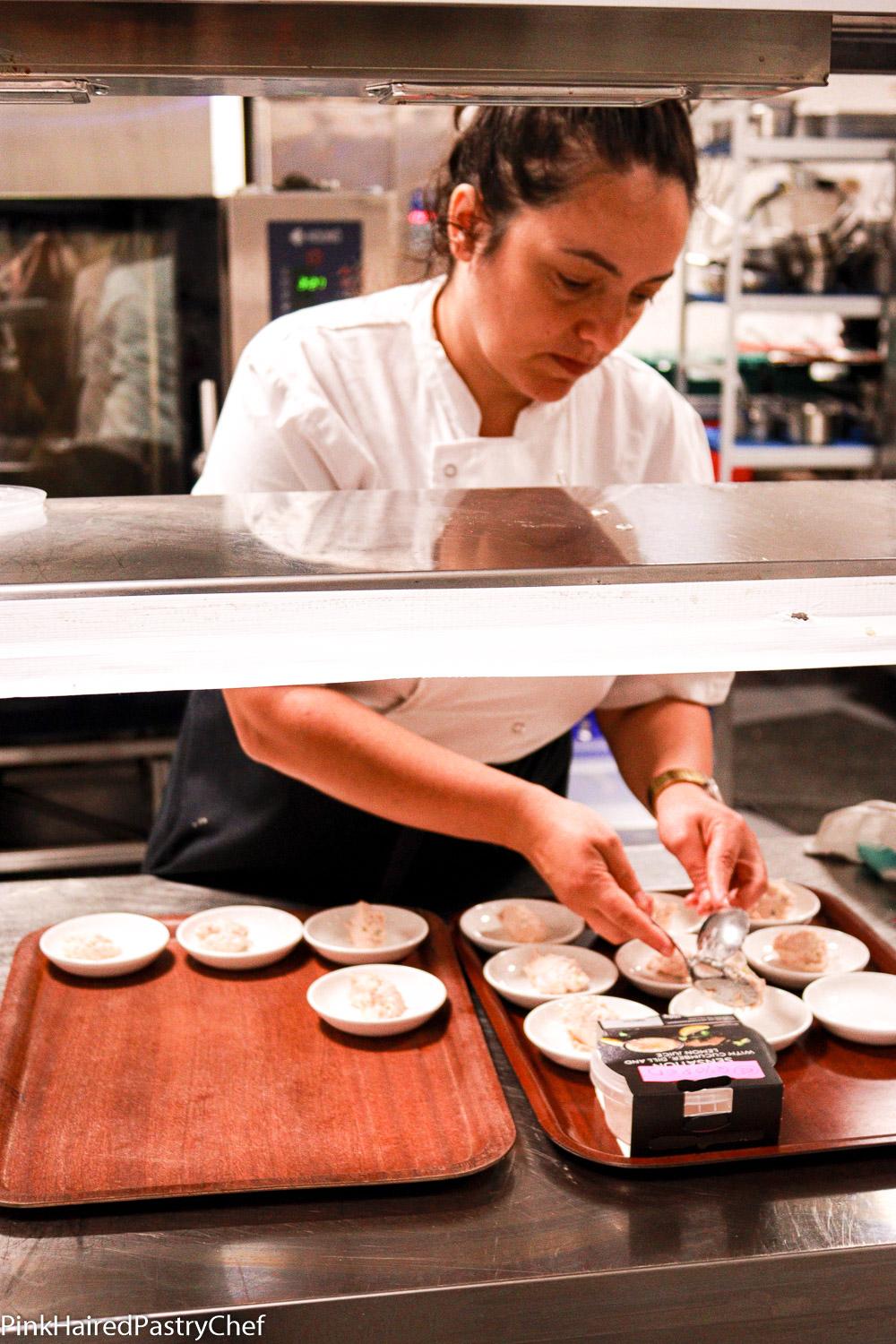
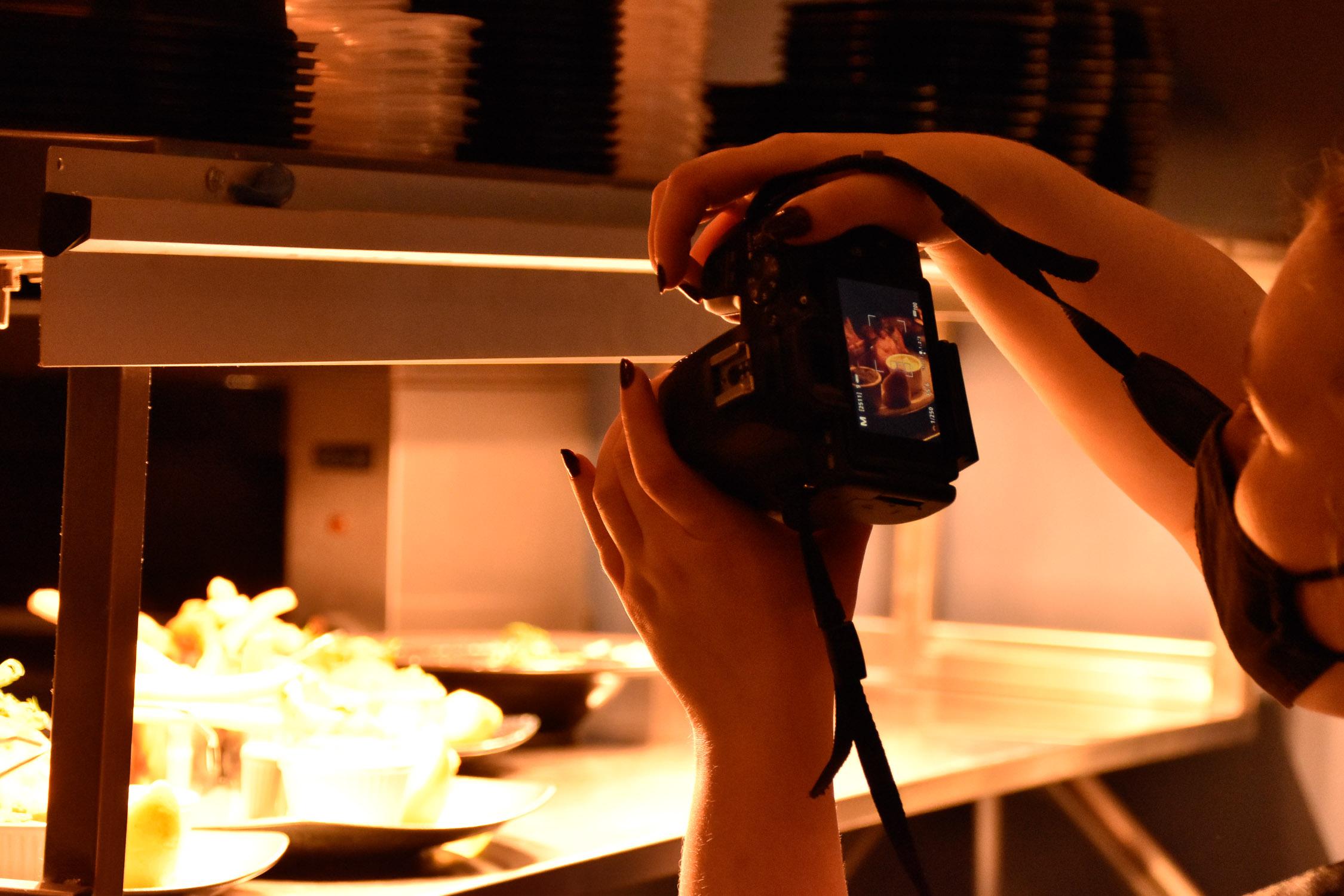

Bar Staff
All of the above should also apply to your bar staff if you would like some action shots of drinks or finished cocktails. Ensure the bar is fully stocked for the cocktails or drinks you require and that the bar person has enough time and space for this. Be careful not to overlap these times with the kitchen. Unless you are hiring a photography agency, that will send more than 1 photographer on site, it’s likely your freelance photographer can’t be in two places at once. For example if the kitchen only has time to plate for the photographer between 12 noon and 1pm, ensure your bar staff are ready for their shots after or before this, especially if you want some action shots of either the chef plating or bartender making a cocktail.
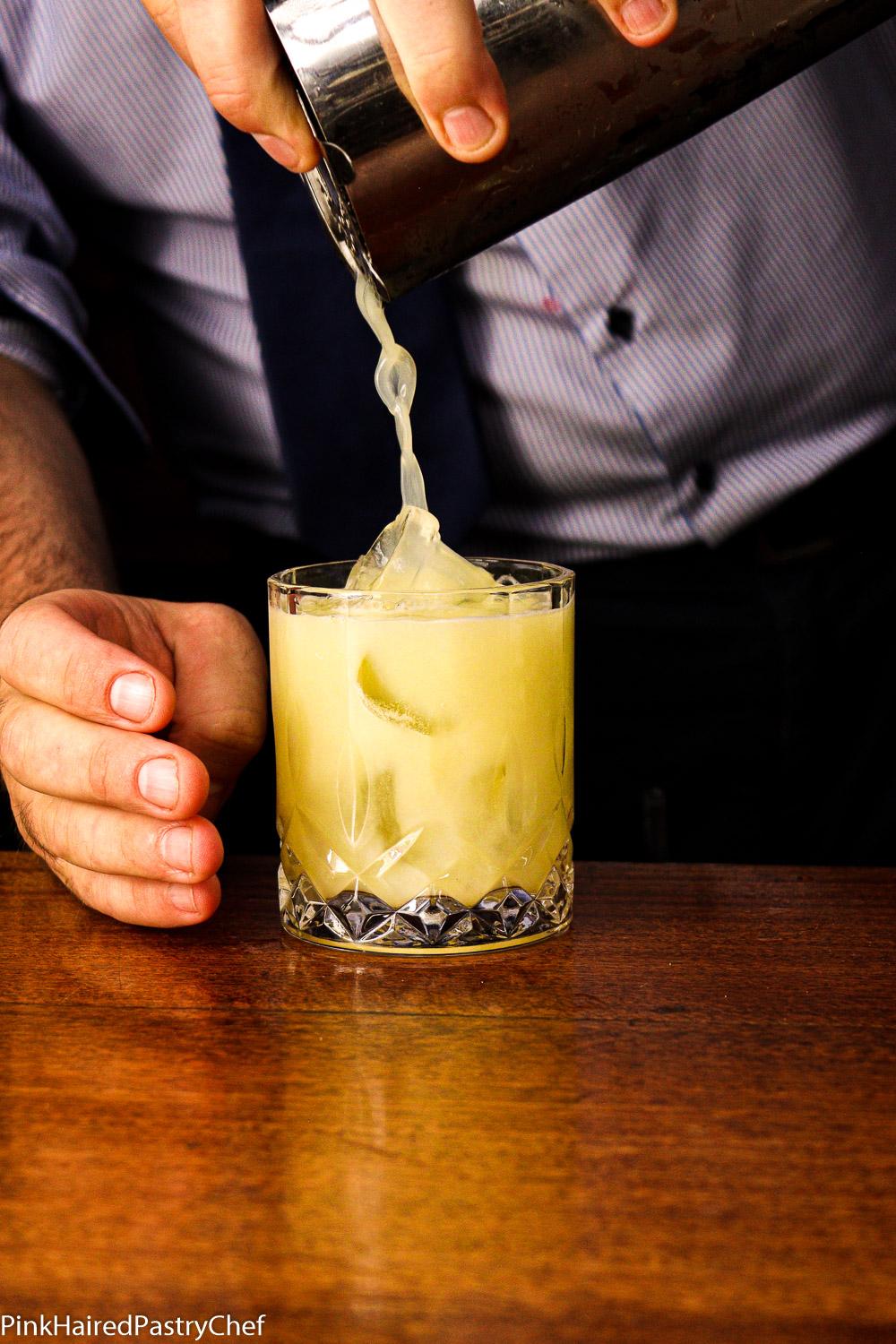
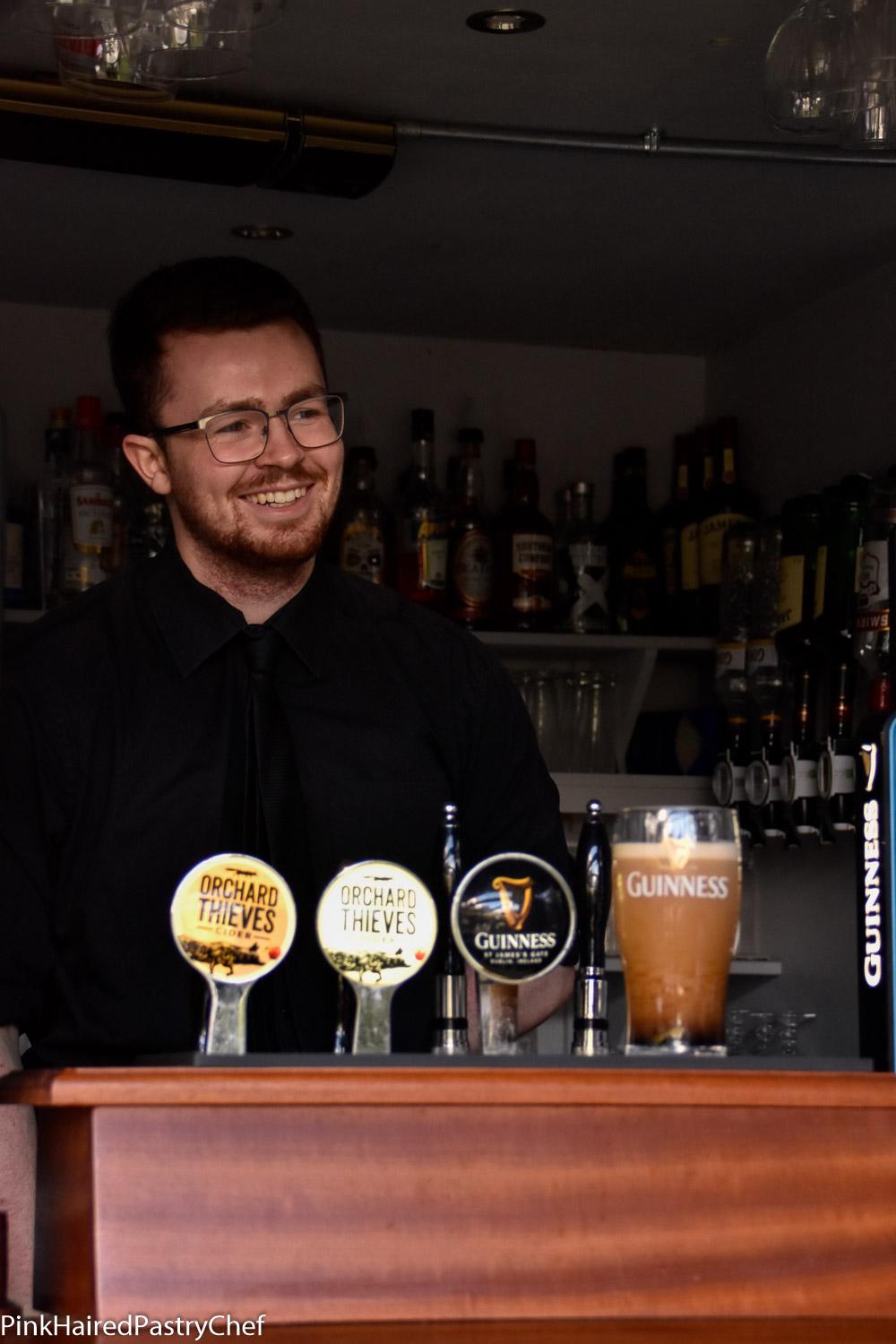
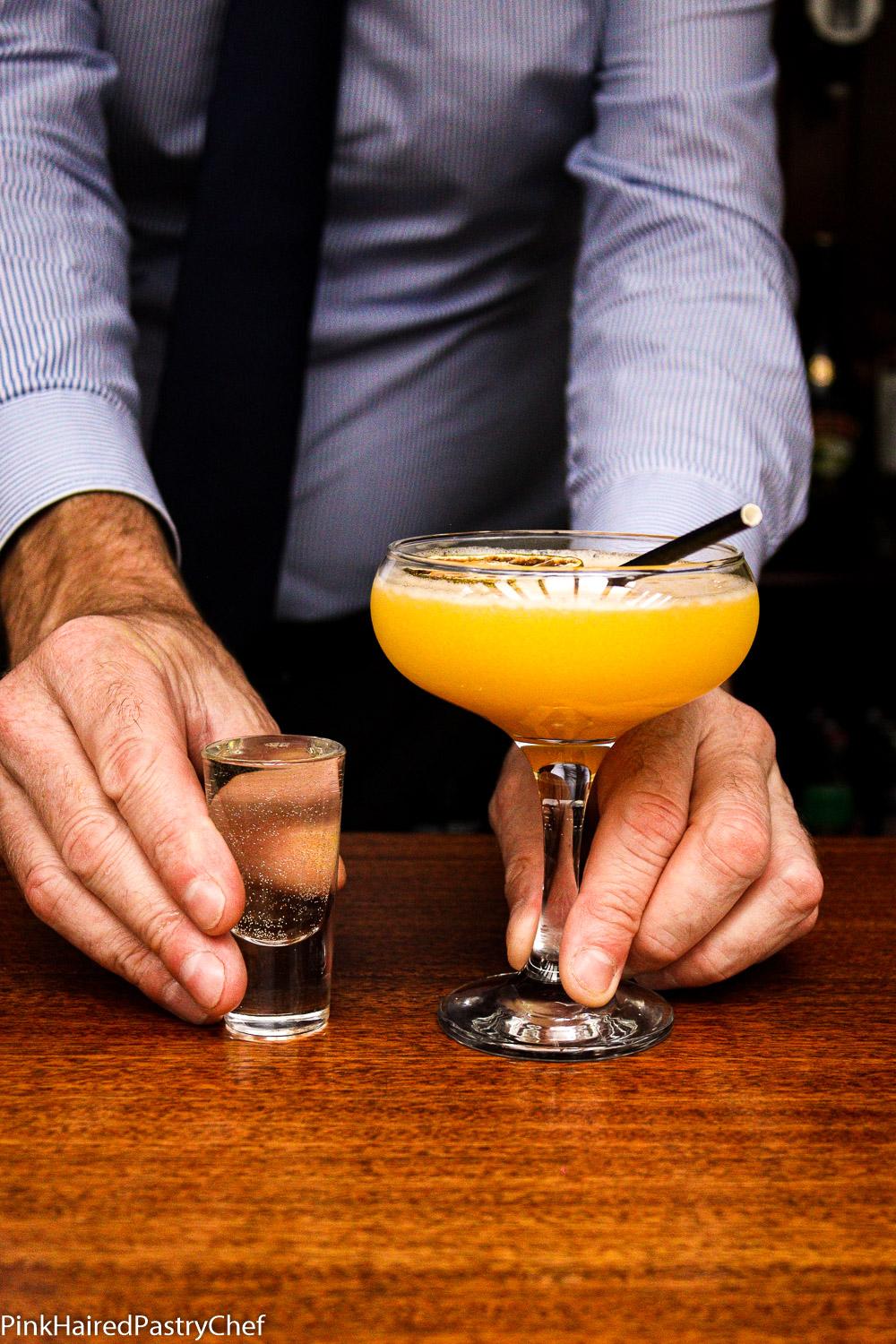
General Staff
If you have decided you’d like some staff shots, make sure that the staff that are rostered on that day are fully aware that a photographer will be on site. Giving your staff that little heads up, allows them to prepare for potentially being on camera. It means they can groom themselves to a level they feel comfortable. This will result in much better photos if the staff is not trying to hide. I have had staff who were unaware ask to step away for a few minutes to brush their hair, put on make up, even run to shave their stubble as they weren’t told there would be pictures. This can slow down the photographers process considerably if your staff are not ready for their shots. Similarly, this also gives your staff time to opt out of photos. Unless it is in your employees contract or employee handbook, they are not obligated to get in a photo. You should ensure that the staff photographed have consented to it. I would recommend getting this in writing to avoid any messy legal implications that could arise.
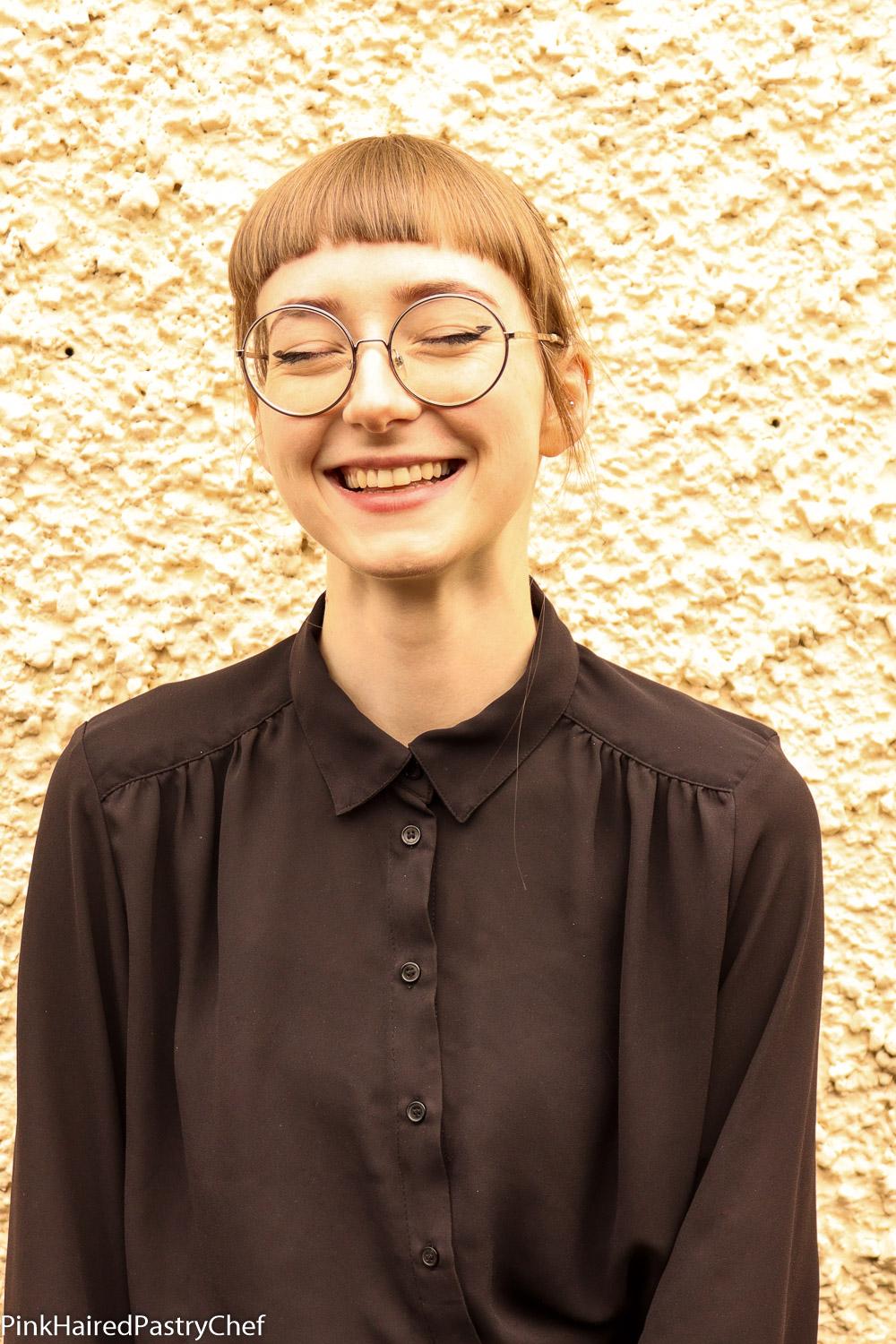
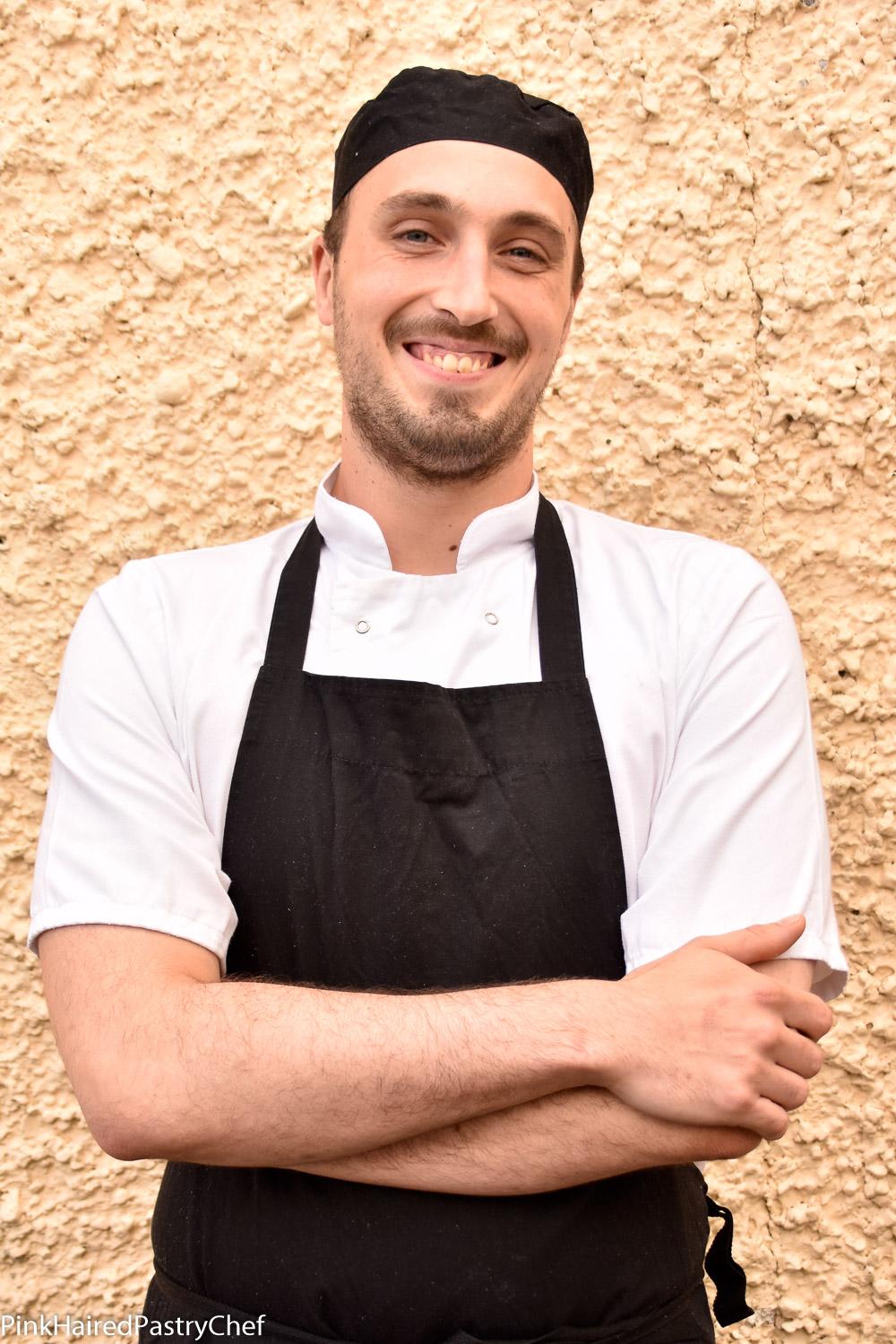
Clean your space
This might be an obvious one, but it can often be overlooked with all the other major things to think about. If you want shots done in the kitchen, ensure you roster extra staff the day before to make sure it’s given a full deep clean. If you are getting interior shots of the venue, have a cleaner scheduled to come in early that morning to ensure everything looks nice and freshly cleaned. Ask your wait or bar staff to make sure the glasses and cutlery are polished to perfection and set aside for the photographer. Glasses or cutlery with smudges or dirt on them can be difficult to Photoshop and may cost you more in editing time or end up ruining the final images. Ensure your staff has extra uniforms on hand too, in case they spill something on it throughout the day. This way, there’s no panic and they can simply change into a new uniform if needed.

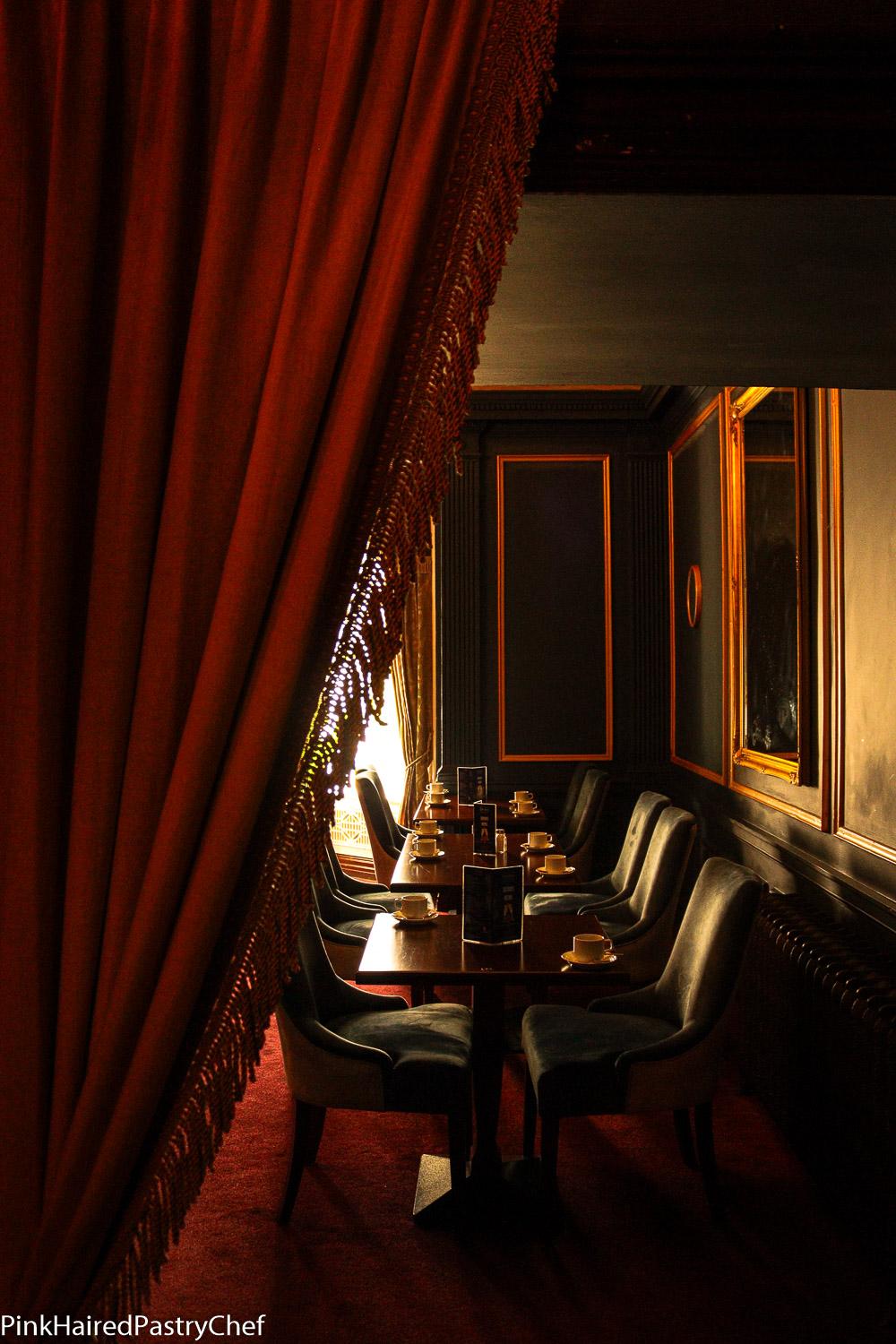
Decide how hands on you’d like to be
Some people who hire food photographers want to work very closely with the photographer on site. Maybe you have a very exact vision for this project and you want to ensure the photographer is capturing that. This is completely normal and your photographer should be able to accommodate you. This will usually involve shooting “tethered”. Shooting tethered means that the camera is hooked up to a laptop or screen so you can see the shots taken in real time. There is usually a small delay on the screens and what is shown on the screen is not the final photo, but a RAW version which means no edits have been applied yet. Shooting tethered does mean the photographer won’t be able to work as quickly as if they are shooting without as it takes longer to set up. Make sure to inform your photographer of this as early as you possibly can. Shooting tethered may mean the photographer will take longer to complete a project and therefore may charge extra.
On the other side, you may just want to meet the photographer at the start of the day to say hello and show them around. You may want to step back then and allow to photographer to work away by themselves. This is also 100% acceptable, it really is up to the decision maker on the project as to how you want to continue.
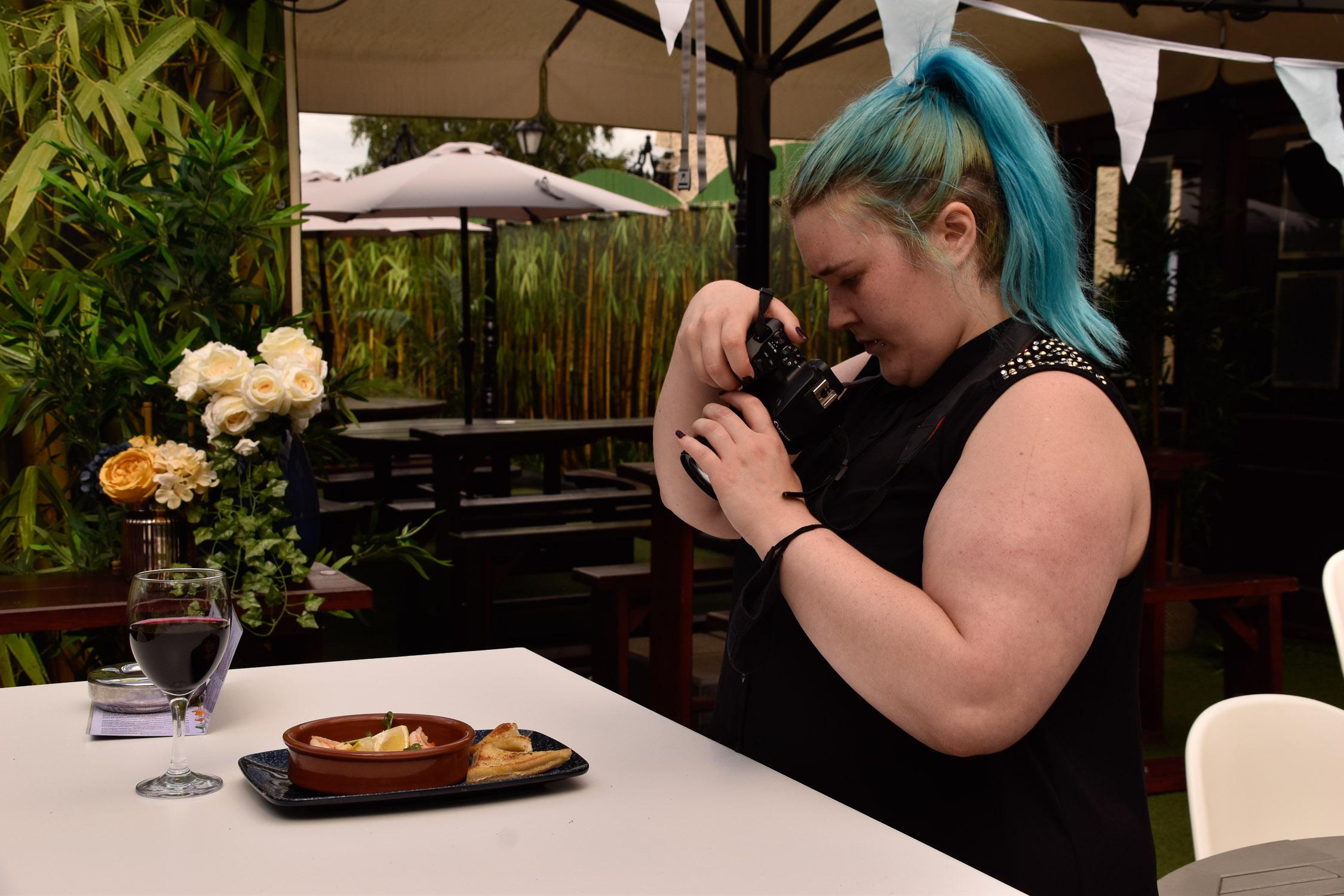
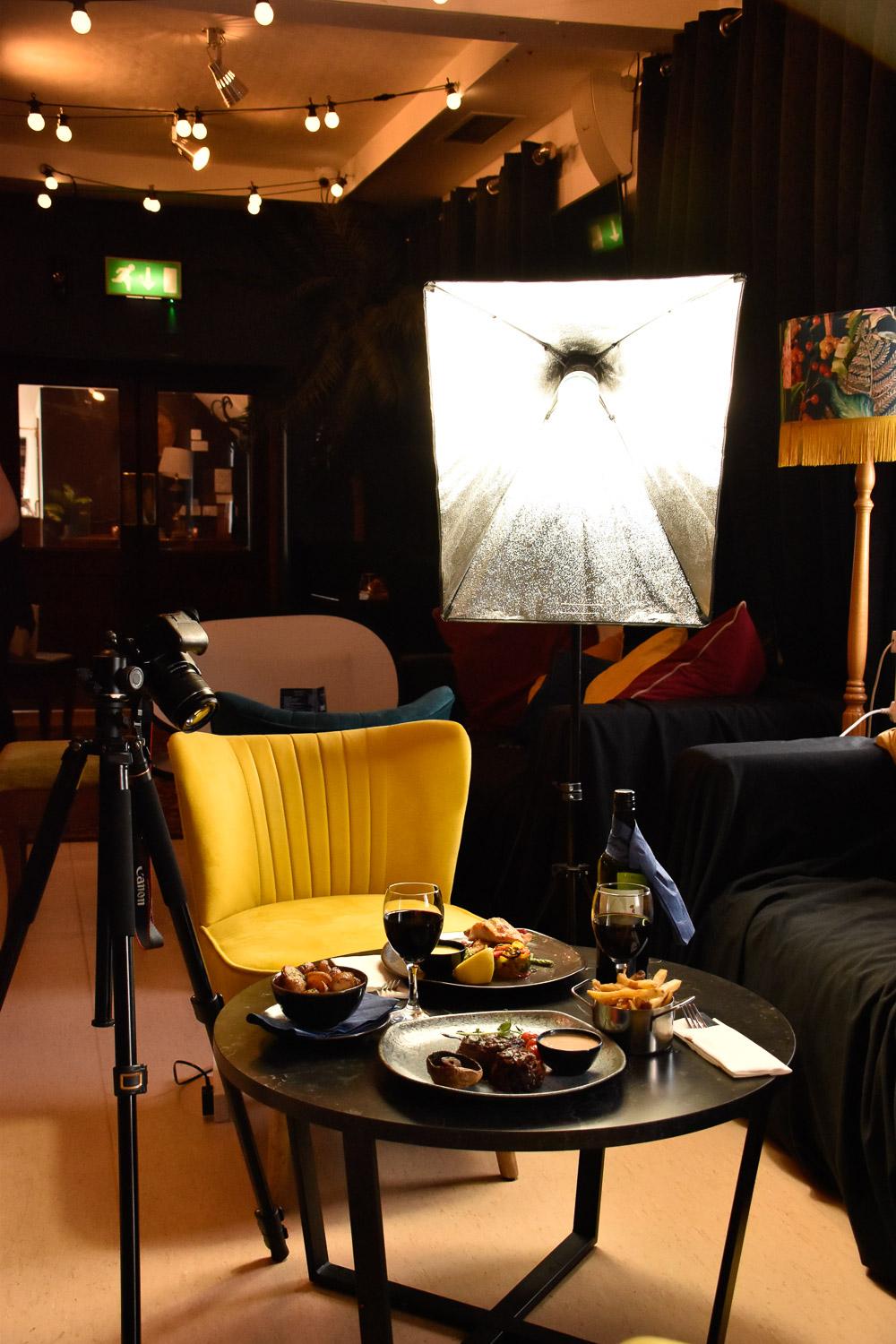
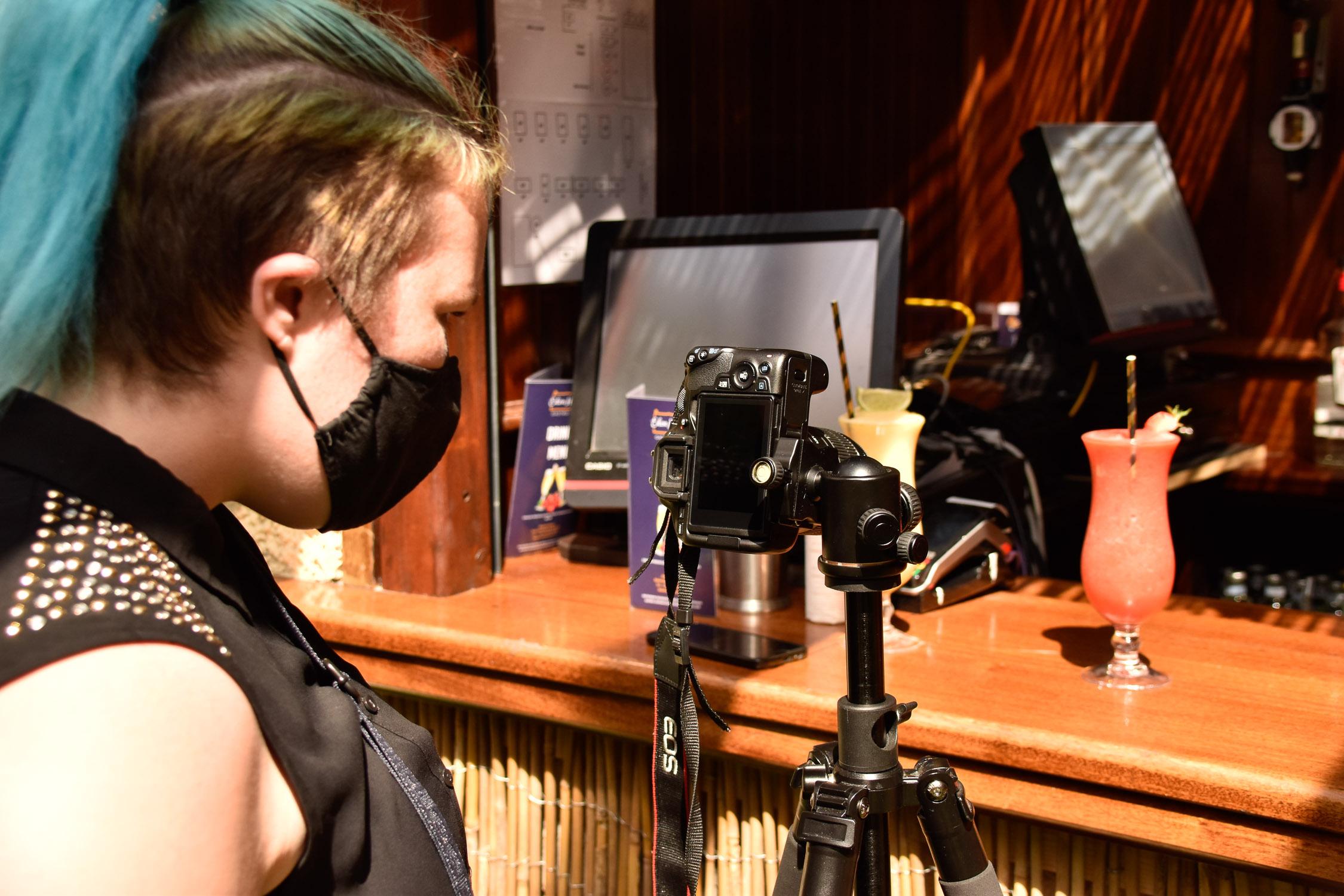
Would you like to share your thoughts?